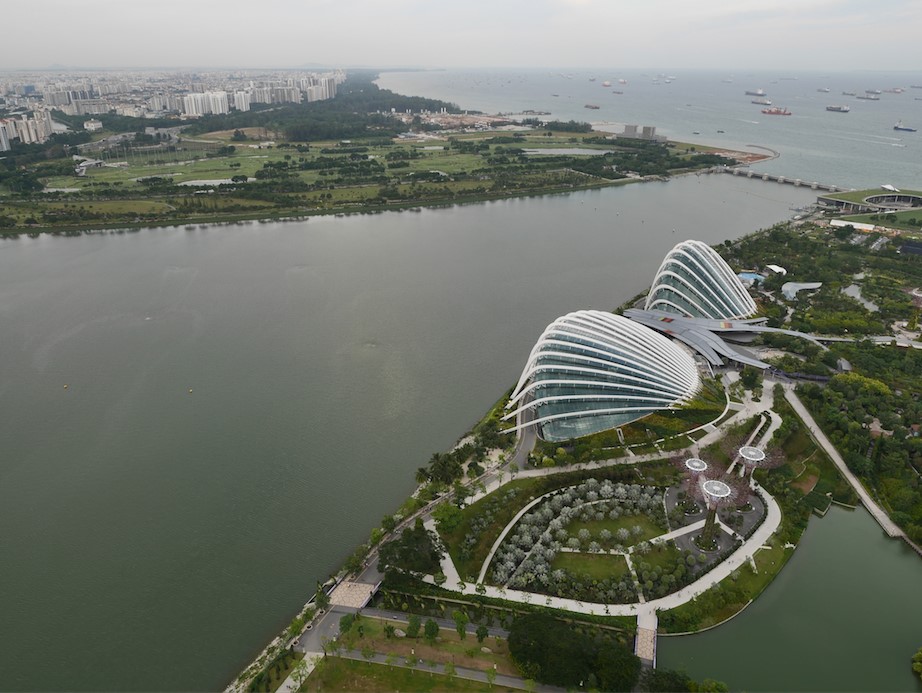Review of Singapore’s air quality and greenhouse gas emissions: Current situation and opportunities
June 27, 2017


Photo Credit: A/P Matthias Roth
Why should we be concerned with PM 2.5?
The Indonesian practice of using forest fires to clear farmland cheaply has led to an annual ‘haze season’ in Indonesia and its proximate neighbours. On 21 June 2013 Singapore experienced its strongest haze period yet, with a 3-hour Pollutant Standards Index (PSI) of 401. A pollutant that is released during the haze is PM 2.5 which are particles with an aerodynamic diameter of 2.5 micrometre (µm) or below. An overexposure to this particle, along with other pollutants, poses a higher risk of severe health effects in the long run, including the aggravation of respiratory illnesses such as asthma and lung cancer.
In 2012, Dr Eric Velasco (Research Scientist, Singapore-MIT Alliance for Research and Technology) and A/P Matthias Roth (Dept of Geography) provided an assessment of Singapore’s air quality and urged the need to include PM 2.5 levels into the 24-hour PSI as it was then not considered a criteria pollutant. They argued that even though levels for monitored pollutants at that time satisfied the U.S. Environmental Protection Agency (EPA) standard, an updated and multipollutant framework was needed to provide a more relevant management of local air quality.
It was only from April 2014 onwards that the National Environment Agency (NEA) included the PM 2.5 as a sixth pollutant parameter into its PSI, thus providing a more comprehensive air quality report.
Read the full article here.
